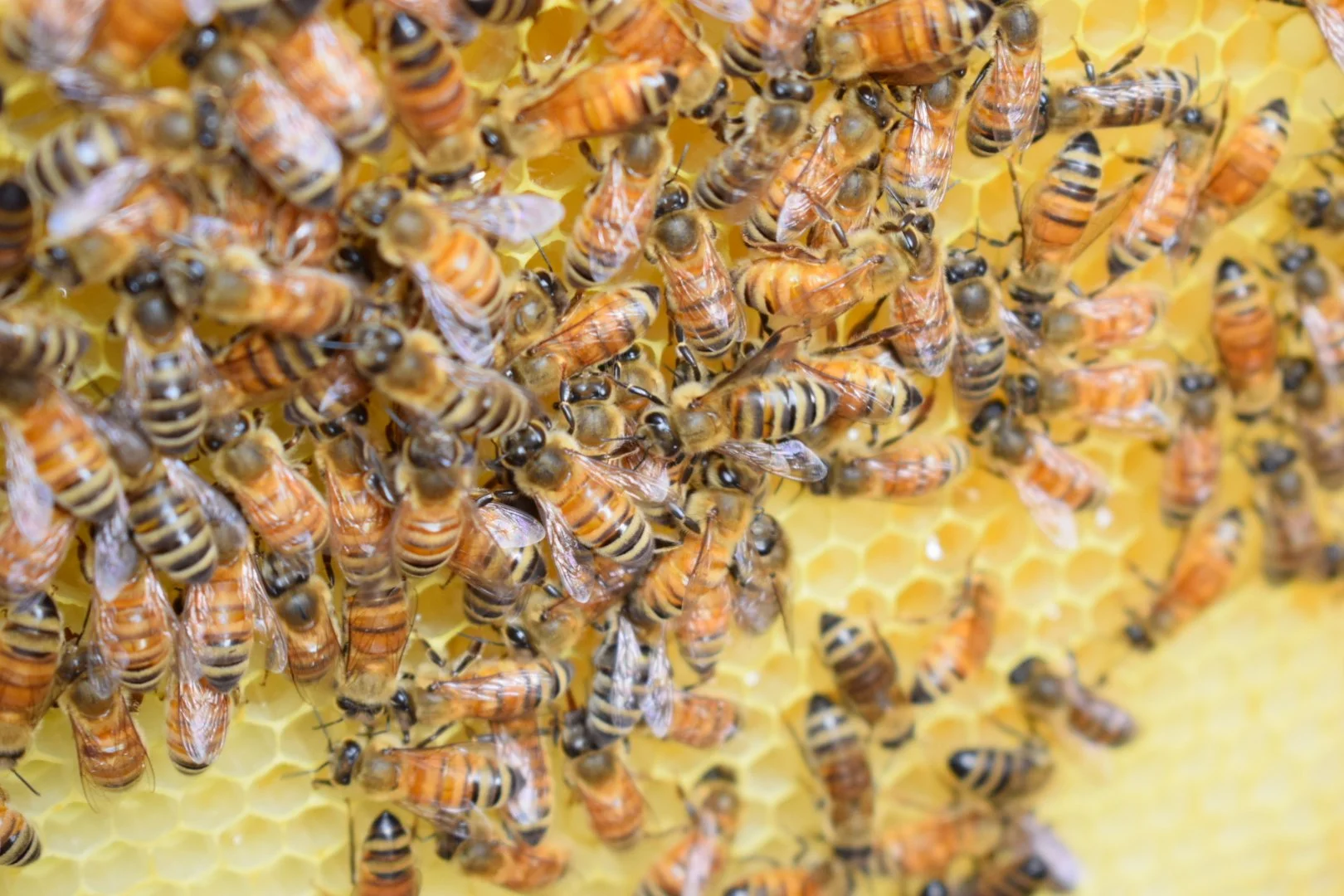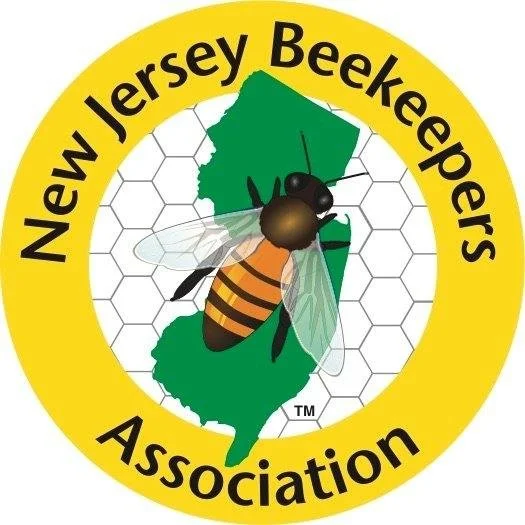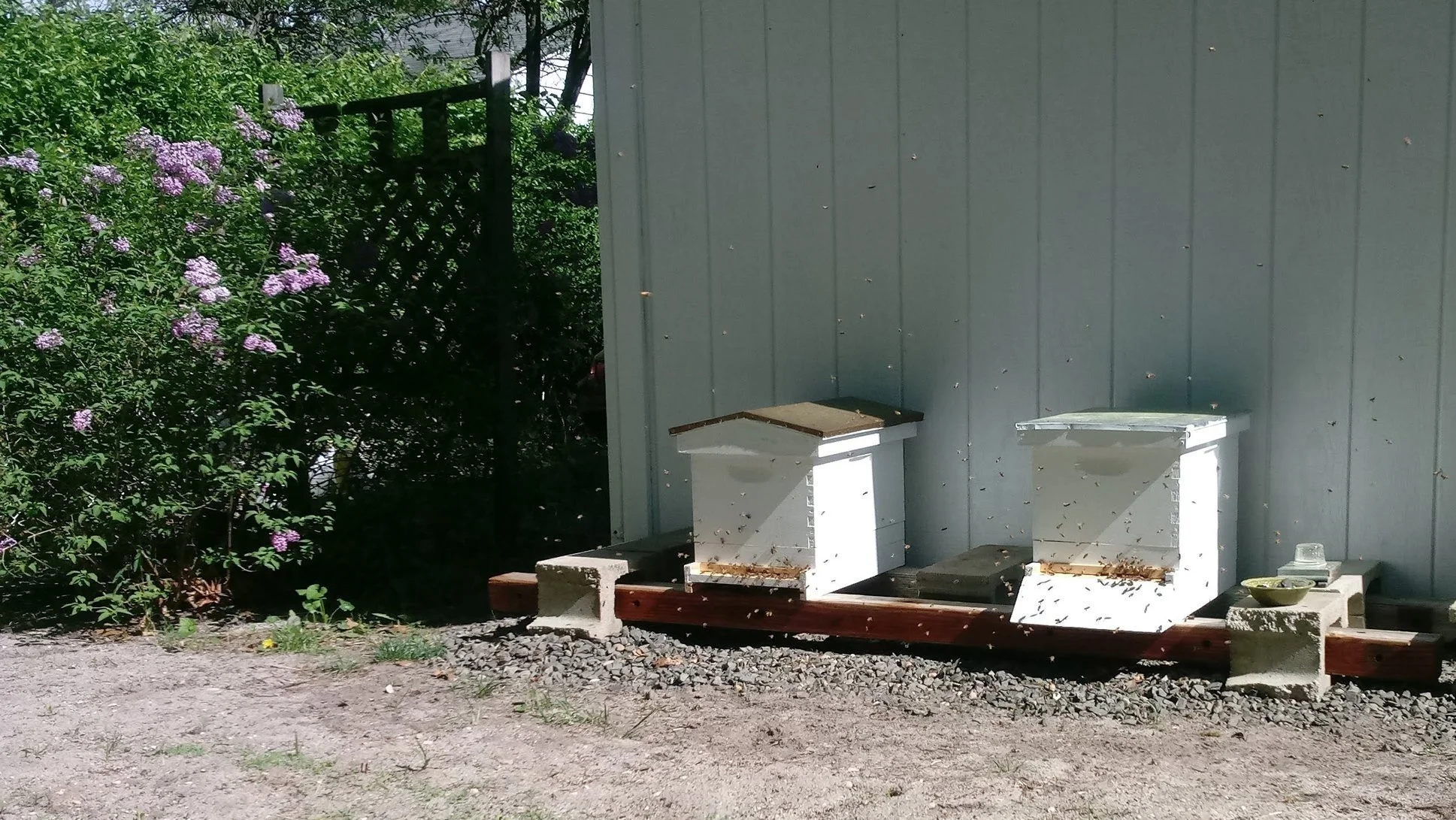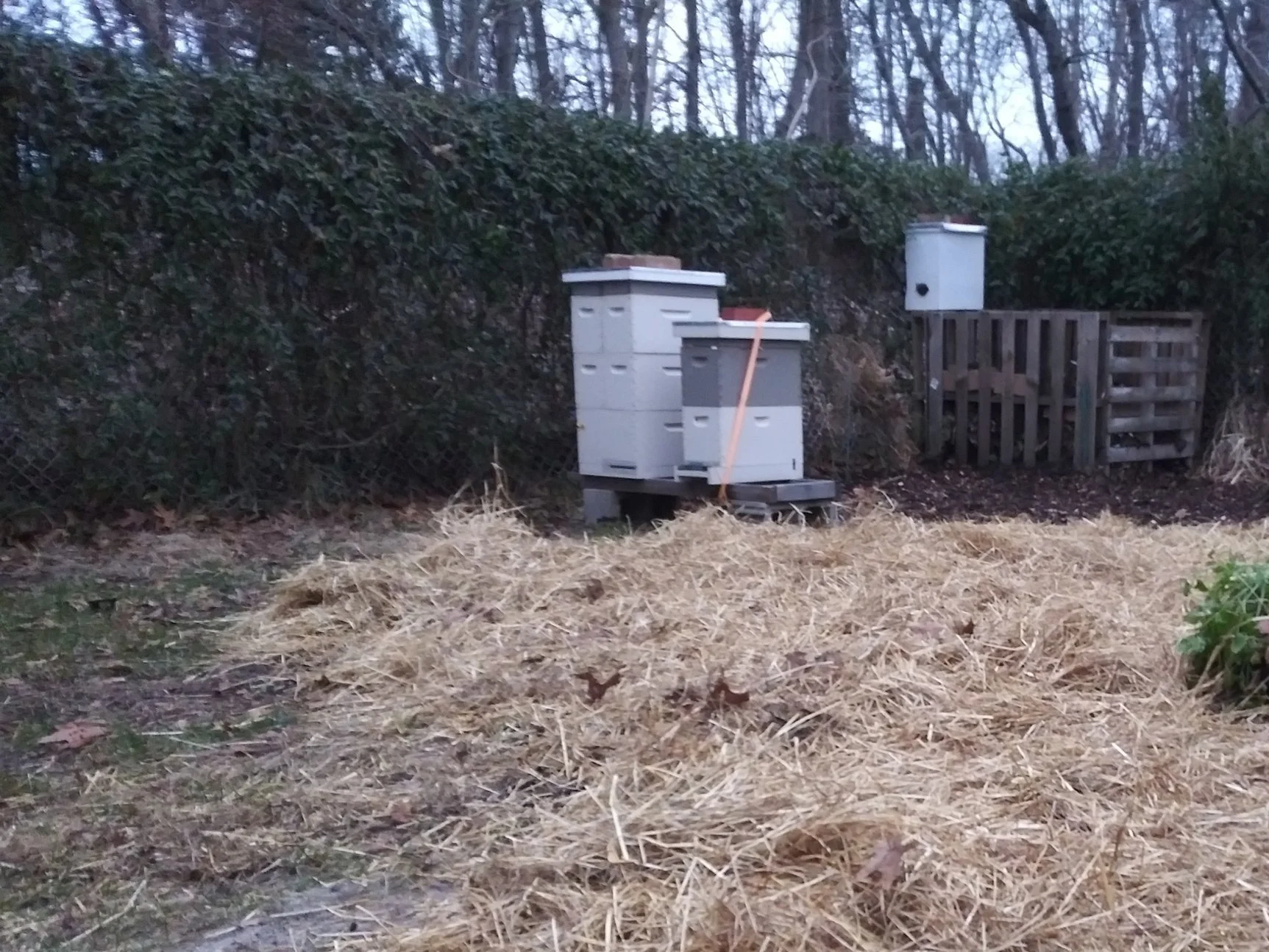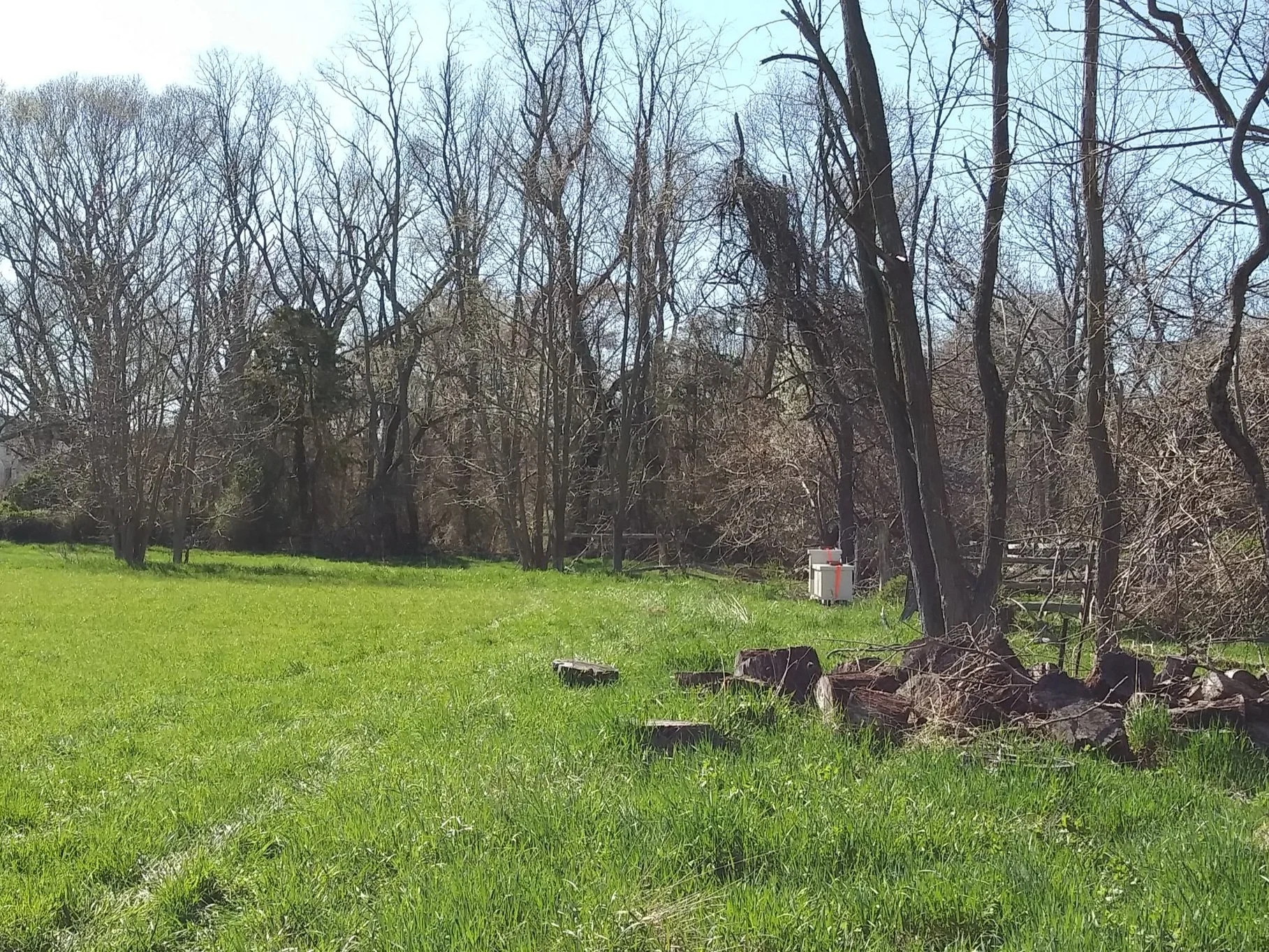Beginner Beekeeping Prep Pt. 1
So you just ordered your honey bees for this coming spring, hopefully it is a local nucleus colony like we advise, and what do you do next? If you get a NUC from us they come in a temporary box but they cannot stay in that for very long.
As well as buying your physical equipment, which we will get to in a bit, there are a few other things you need to think about and decisions you need to make before pick up day is here.
First things first get yourself enrolled in a beginners beekeeping course. In fact New Jersey state beekeeping regulations require that:
“within the first year, a beekeeper shall take a beginner/general beekeeping course from an accredited college or university, the State Apiarist, or a local beekeeping club”
This will help get you off to a great start as a beginner, there is so much to learn with beekeeping, and a beginners course can help you get a better grasp on what to do when you start. We suggest checking the New Jersey Beekeepers Association (NJBA) website where there is a list of courses and suggested places to take them. It is also a good idea to become a member of the association as they are a great advocate for beekeepers across the state as well as a valuable information resource.
When preparing for your beehive, it is always beneficial to think ahead and anticipate things that could happen in the future; we also believe there really is no replacing the rule of “learning by doing,” but as best we can, we will provide you with tips that hopefully will make your beekeeping life run smoothly. We love sharing our thoughts and ideas, but as you gain your own experiences, it's always good to tweak things to your own situation and personal needs.
Behind or next to a shed is a great place and they also work as wind barriers as well.
One important thing to decide before you get your bees is where to place your beehive. Once a colony is established in its location relocating them can be difficult especially within 3 miles, as the saying goes with moving hives “three feet or three miles”. If the new location is too close, after leaving the hive the foragers will return to the old hive location and be lost. If they are moved far enough they will orientate to their new location and be fine. Planning ahead should help avoid this situation. Whether in your yard or on someone else’s property, there are a few things that are good to consider. How easy or difficult will it be to access? You’ll want to have room around the colony to work, for instance, setting boxes to the side with room to move as well as room to expand if your colonies multiply, which often is inevitable when you are a beekeeper. Another important location consideration is how close you can get a vehicle or transportation device, in case you want to or need to move the hive elsewhere, but in general it makes it easier if you can eliminate the need to carry everything you need to your colony over a distance.
Another general rule for hive locations is that they should have a decent amount of sunlight; some people prefer the sun to hit the entrances first thing in the morning. This is done by facing them south, and the idea being that it encourages them to get working earlier in the day. However, in the heat of summer, they may be a little warm and you will see some bearding, or maybe a lot of bearding, but the other side of the coin is that in the winter the more sun helps the bee cluster keep warm and eases their efforts to survive the winter. All that to say, a decent amount of direct sunlight is a good thing for your bees.
The State of New Jersey in recent years came up with rules for beekeepers, along with taking a beginners course they also set out rules for distances that should be considered and followed if your situation requires it.
“Location. A beekeeper shall locate all hives a minimum of 10 feet from any property line and at least 20 feet from any roadside, sidewalk, or path.”
There is also guidance for what they call “flyway barriers” to help guide your bees to fly up into the air above head level, so the next door neighbors aren't subjected to the cross traffic of bees, which can be pretty busy at certain times of the day.
“Flyway barrier. When a colony is located less than 20 feet from any property line, a beekeeper shall establish a flyway barrier at least six feet in height consisting of a solid wall, fence, dense vegetation, or combination thereof that is parallel to the property line and maintain it to extend 10 feet beyond the colony in each direction, except if the property adjoining a colony is undeveloped or agriculturally utilized, when no flyway barrier is required on that side.”
Here is an example of our flyway barrier. The tall fence covered in vines works perfectly.
We generally try to find a nice open field and place our hives near a wood line. We don’t have a large property so most of our bees are on local farms, if your property is small it is a good idea to look around and find someone nearby with more room who might like to hive beehives on their land. The bees at our home are backed up to either a shed or fence and we have a good 6ft high flyway barrier with our fence, which is covered in honeysuckle and trumpet vines. We do our best with hive placement but at the end of the day the bees do what bees do wherever they are sitting. Put some thought into it but don’t overthink it, honey bees are amazing creatures and can adapt to many situations.
We hope this sparks some ideas in your head and gets you moving in a direction to have a nice spot picked out for your new beehive.
